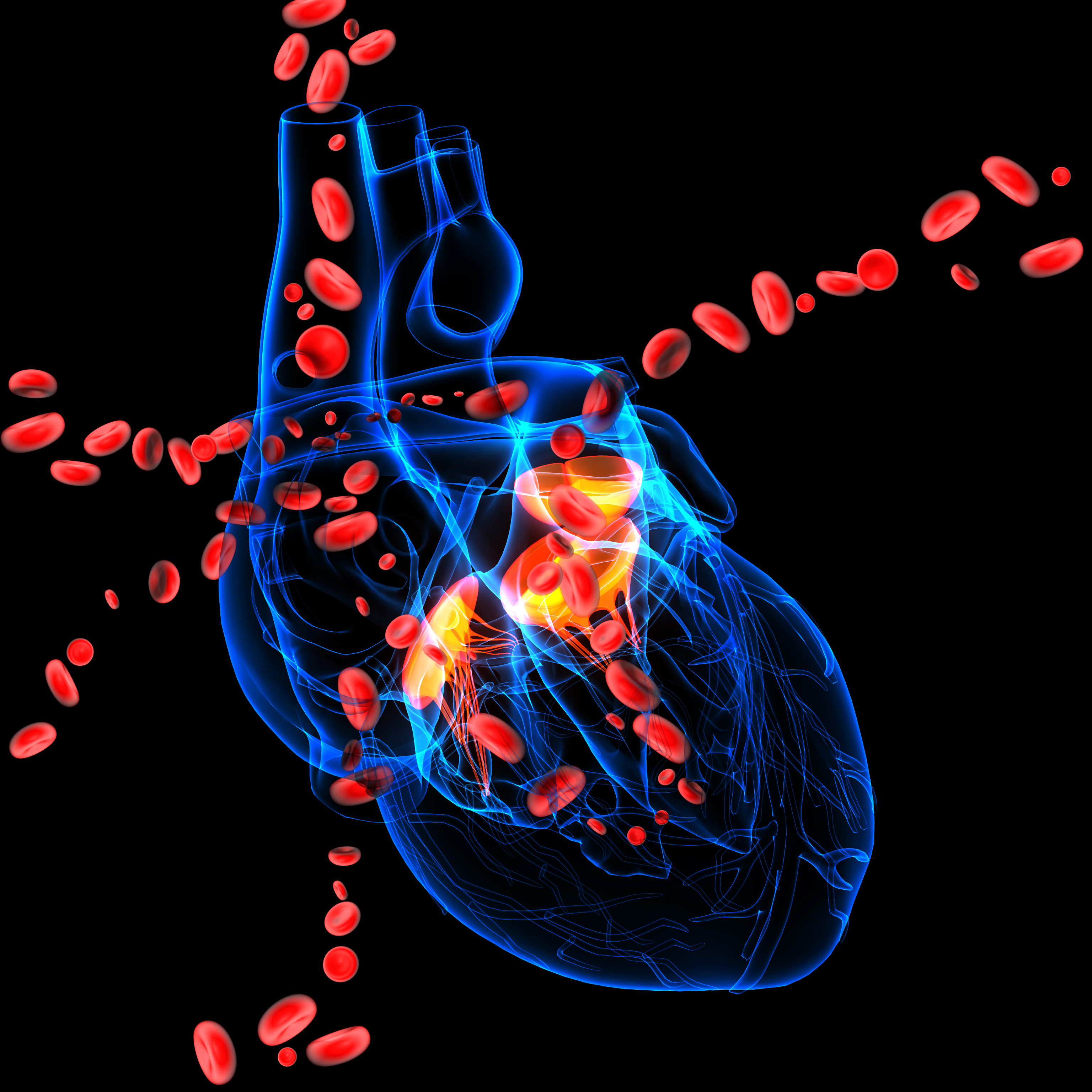Roadmap to Better Care of Congenital Heart Disease in PAH Patients Put Forward

Research into, and care of, patients with both congenital heart disease and pulmonary arterial hypertension (PAH) need to be optimized so that advances in PAH management and care can also benefit these patients, two PAH experts argue.
George Giannakoulas, MD, PhD, at the Aristotle University of Thessaloniki in Greece, and Michael Gatzoulis, MD, PhD, at Royal Brompton Hospital and the National Heart and Lung Institute at Imperial College London, U.K., want to bring focus to this particular patient group, often excluded from clinical trials.
Their review, “Pulmonary arterial hypertension in congenital heart disease: Current perspectives and future challenges,” was published in the journal Hellenic Journal of Cardiology.
Although PAH has received plenty of research attention in recent years, patients with Eisenmenger syndrome are commonly excluded from clinical trials. The syndrome describes PAH resulting from blood being shunted from the left to right side of the heart through congenital defects in heart architecture.
To date, only adults born with a heart defect and who have undergone reparative surgery, are included in trials. But these people, the authors argue, make up less than 10 percent of adult congenital heart disease patients with PAH.
Even though interest in the condition has increased lately, there are still numerous open questions remaining, and no robust data detail the number of patients with the condition or how to best manage it, particularly when it occurs in children and patients with Down syndrome (about a third of all Eisenmenger patients).
The two researchers also underscored that, although current guidelines have proposed criteria for surgically closing such heart defects in PAH patients, uncertainties still surround the procedure. Importantly, a decision based on the wrong parameters may turn a patient’s PAH into a more aggressive disease.
Since there are so many unresolved issues in the best way to treat patients with both congenital heart disease and PAH, the experts suggest that it is crucial these patients be treated at specialist centers, where long-term follow-up clinical studies or international registries are available.
Such an approach would not only improve management and care, they argue, but also allow better research into the condition. Researchers know that some children who have heart defects closed at an early age nevertheless develop PAH later in life.
More insights into the genetic and molecular changes leading to PAH in different groups would allow researchers to understand the factors in conditions leading to PAH.
To reach this goal, physicians specializing in PAH and congenital heart disease, as well as geneticists and epidemiologists, need to work more closely together, the authors said.
Researchers have long thought that survival is good among adult patients with congenital heart disease and PAH. But recent studies have shown that this is not always the case. At the same time, studies show that patients with Eisenmenger syndrome respond well to PAH treatment, and these patients should be treated proactively, just as patients with idiopathic PAH are, the authors argue.
Despite the appearance of studies supporting the effectiveness of PAH treatment in this patient group, numerous uncertainties are related to treatment and need to be resolved through further study.
In addition to patients with Eisenmenger syndrome, those who had undergone a Fontan procedure — used in children born with only one heart ventricle — might also benefit from PAH treatment. Although such patients do not meet diagnostic criteria for PAH, recent research shows that they have an increased resistance in their lung blood vessels, and could potentially benefit from PAH treatment.
All these open questions require greater interaction between treatment disciplines, and collaborations that would allow clinical trials large enough to provide robust results, the two researchers concluded.







